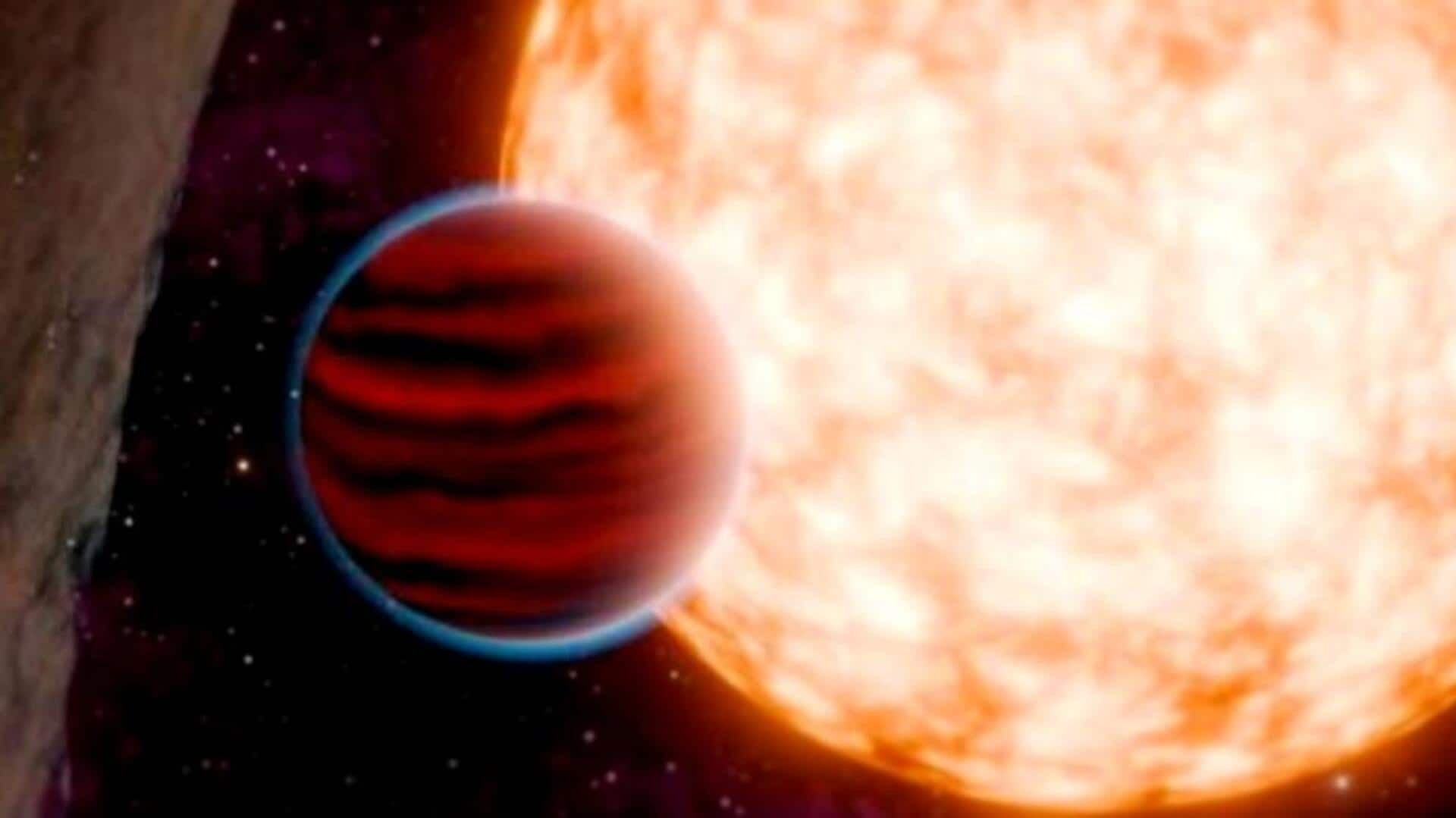
This is how baby planets grow over time
What's the story
A recent study has shed light on the evolution of baby planets, revealing that they consume the remaining gas and dust in their parent star's protoplanetary disk at an astonishing rate. This consumption takes place over millions of years. The research was done by an international team of astronomers using Atacama Large Millimeter/submillimeter Array (ALMA), as part of a program called ALMA Survey of Gas Evolution of PROtoplanetary Disks (AGE-PRO).
Research findings
A look at the study
The AGE-PRO team studied 30 protoplanetary disks around Sun-like stars, and discovered that the gas and dust components in these disks evolve at different rates. The researchers saw that the amount of gas remaining as these disks are whittled away, determines the type of planets these systems produce. This could help scientists better understand how different planetary systems, including our own solar system, form and evolve.
Disk dynamics
What are protoplanetary disks?
Protoplanetary disks are formed when clumps of dense, cold gas collapse under their own gravity in interstellar molecular clouds. These disks are flattened, swirling clouds of gas and dust that surround infant stars, which eventually become main sequence stars. Within these disks, material aggregates to form planetesimals, which continue to gather material from the disk and eventually grow into planets. The initial size and mass of the protoplanetary disk determine the kind of planets it can produce.
Gas evolution
First measurements of gas disk masses and sizes
Prior to this study, researchers had mostly focused on the dust content of protoplanetary disks. The AGE-PRO project is the first to offer measurements of gas disk masses and sizes over the lifetime of planet-forming disks. The team studied 30 protoplanetary disks ranging from one million years old to over five million years old, using ALMA's sensitivity to track the chemical "tracers" that reveal gas and dust masses during vital stages of their evolution.
Chemical survey
Timeframes for gas giants' birth compared to smaller worlds
The AGE-PRO team used carbon monoxide and diazenylium as chemical tracers to study the protoplanetary disks. ALMA also found the chemical signatures of other molecules like aldehyde, deuterated cyanogen, and cyanomethane. This offered a more detailed picture of the chemical evolution of these disks than ever before. The research hints at the timeframes for gas giant planets like Jupiter and Saturn's birth in comparison to smaller terrestrial worlds like Earth and Mars.
Surprising discovery
More about the study
The study also found that gas and dust in protoplanetary disks are consumed at different rates as they age. This implies that the ratio of gas to dust changes as these swirling flattened clouds age. "The most surprising finding is that, although most disks dissipate after a few million years, the ones that survive have more gas than expected," said principal investigator of the research, Ke Zhang, of the University of Wisconsin-Madison.